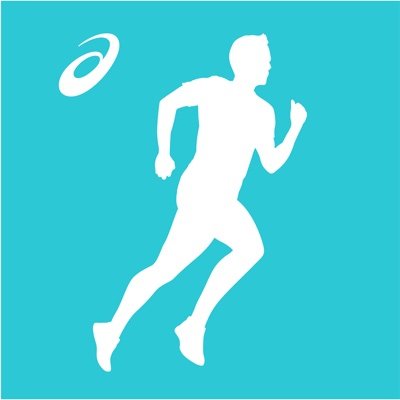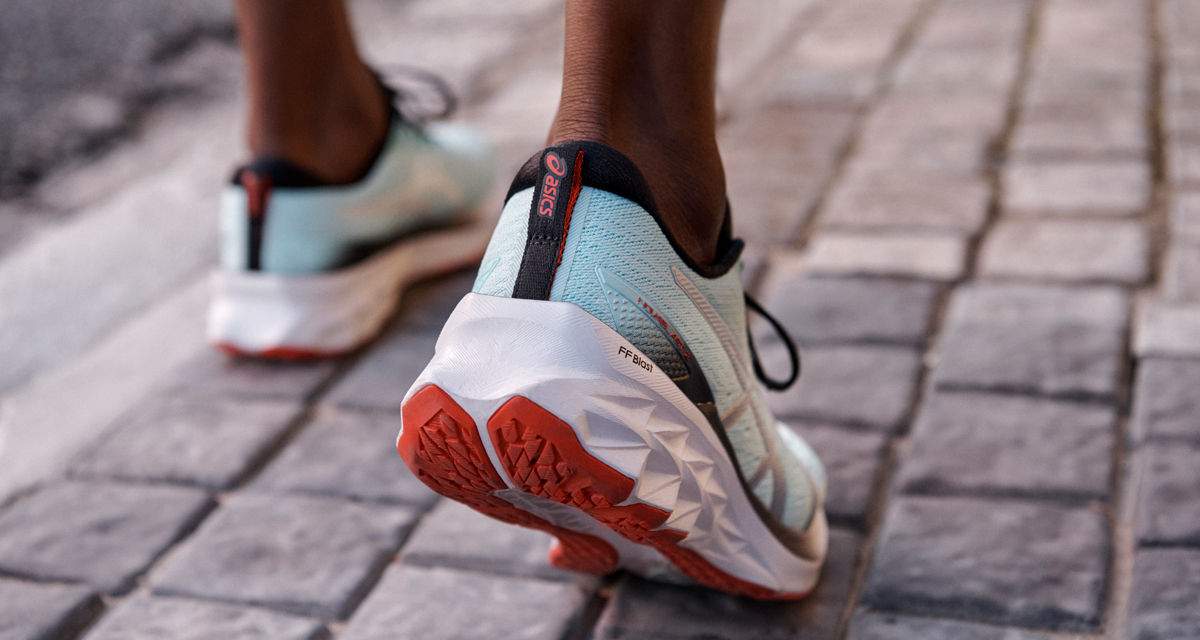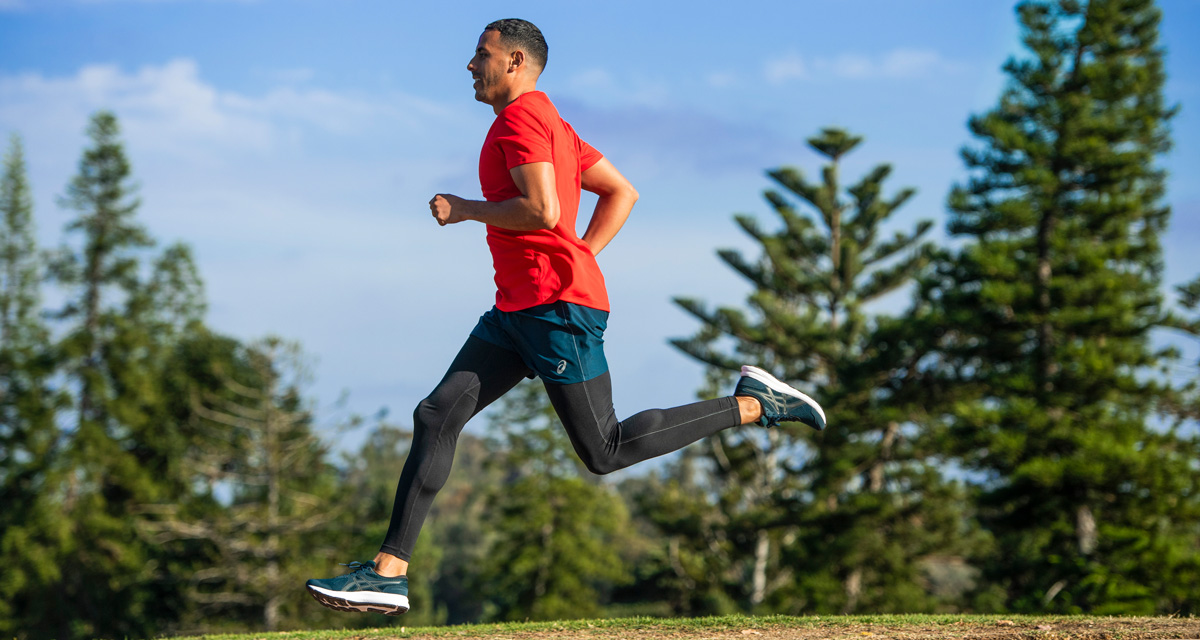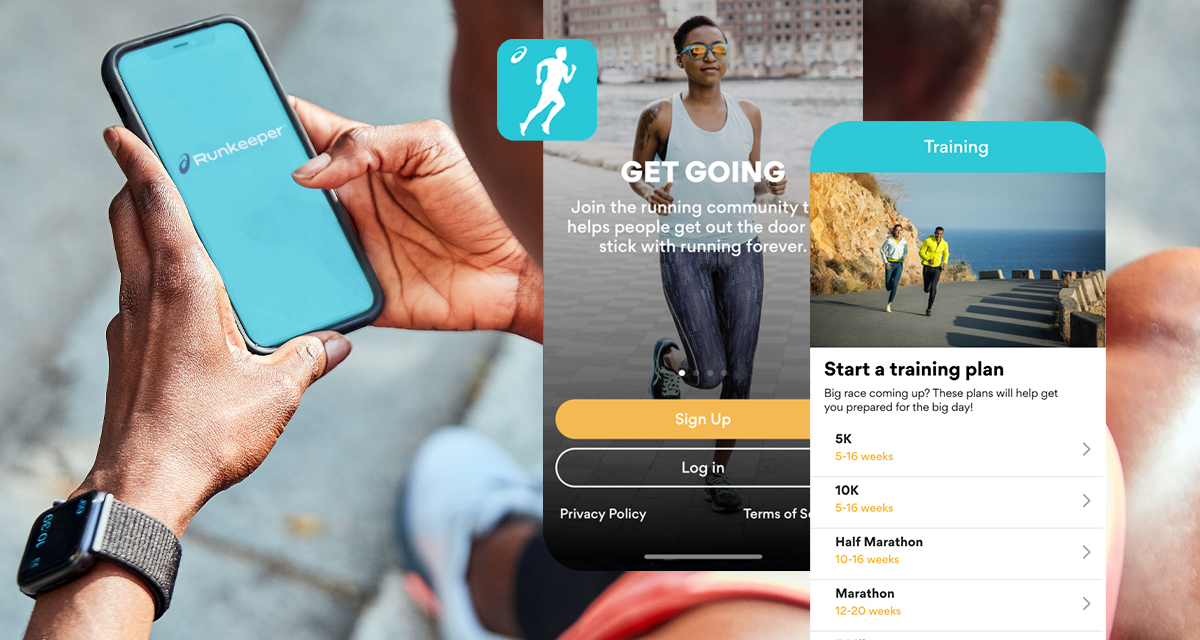Even though running is as simple as putting one foot in front of the other, at times it can feel like there’s a huge learning curve. You may think, “Step 1: put on shoes, step 2: do the run.” But what kind of shoes do you look for? From highly technical descriptions to lots of mentions of pronation (which you’re going to be an expert on soon), shopping starts to get complicated. Not to mention, there are seemingly endless options of shoes to choose from. The ever-evolving technology of athletic shoes is amazing, but it’s confusing! It may seem tempting to give up and pick a pair based on the colors (guilty), but we think there’s a better way.
We want to take away some of the stress you may be feeling about choosing the right pair of shoes.
What’s pronation?
Simply put, it’s the amount your foot rolls inward when it strikes the ground during walking or running. An inward roll of about 15 degrees has been determined to be the most natural (and neutral) pattern to transfer weight and impact most evenly throughout the gait cycle during a run.
Now, let’s determine what kind of pronator you are.
Overpronators

This is you if your foot lands on the outside of your heel and rolls inward more than 15 degrees. This transfers weight to the inner edge instead of the ball of the foot. You may experience runner’s knee, IT-band pain, shin splints, plantar fasciitis, bunions, or heel spurs as a result of this stride. It sounds dramatic, but you’re in good company, as the majority of runners are on the side of overpronators.
Your current shoes will show the most wear on the inside of the shoe, through the heel and the ball of the feet, especially by the big toe. When placed on a flat surface they’ll tilt inward a bit.
Your arches are probably low to flat.
When standing your knees may naturally tilt inward towards each other.
You should look for: a stability shoe that prevents your foot from rolling too far inward. That structure helps keep your stride more in line and alleviates pressure from your knees. It also keeps you moving forward instead of side to side. Firm midsoles also provide nice arch support, and a bit of cushioning helps the more severe overpronators. For extreme overpronators, look for terms like motion control.
ASICS recommends: The GEL-KAYANO™, the leading structured support model from ASICS. GT-2000, GT-1000, and Metarun, are also key stability options, while GEL-DS Trainer and GEL-Noosa are structured shoes for the overpronator who likes a little less bulk in their shoes and a bit more speed. Seeing the words “Dynamic DuoMax™ Support System” in the shoe description is a good indicator that it’s a fit for overpronators.
Neutral Pronators
 This is you if your stride follows that 15 degrees of pronation. When running, your foot lands on the outside of the heel, then rolls moderately inward to absorb shock and support your body weight. You probably are also always on time, have 20:20 vision, and are generally good at everything. Just kidding! But a neutral stride is the ideal one, so congrats.
This is you if your stride follows that 15 degrees of pronation. When running, your foot lands on the outside of the heel, then rolls moderately inward to absorb shock and support your body weight. You probably are also always on time, have 20:20 vision, and are generally good at everything. Just kidding! But a neutral stride is the ideal one, so congrats.
Your current shoes will show even wear in an S-shaped pattern, from the outside of the heel to the big toe.
Your arches are probably relatively normal. Not too high, not too flat.
When standing your knees point straight ahead, not too far towards or away from each other.
You should look for shoes with the “neutral” in the description, but luckily neutral runners can wear a wide variety of shoes, from structured to cushioned.
ASICS recommends: The GEL-NIMBUS™, the leading neutral cushioning model. For neutral cushioning ASICS also offers GEL-CUMULUS, Dynaflyte, FuzeX, and the GEL-Quantum series.
Underpronators

This is you if the outer side of your heel hits the ground at an increased angle with little or no normal pronation, causing a large transmission of shock through the lower leg. This is one of the more rare strides amongst runners, so consider yourself special. Plantar fasciitis, shin splints, and ankle strain are some of the injuries that can result from this stride.
Your current shoes will show the most wear on the outside, from the outer heel up through the pinky toe. When placed on a place surface, they may tilt outward.
Your arches may be on the high side.
When standing your knees tilt away from each other, also known as being bow-legged.
You should look for running shoes with plenty of cushioning, to help counter the shock produced by this type of stride. Look for terms like mid-sole cushioning, outer cushioning, and heel cushioning. Did we say cushioning? Flexibility is a nice keyword here, too, as that helps distribute impact more evenly.
ASICS recommends: many of the same shoes you’ll see in the neutral running category. GEL-CUMULUS is the leading cushioning shoe, but again, you could go for GEL-NIMBUS, Dynaflyte, FuzeX, and the Quantum Series.
Other articles you may find helpful: Foot Pronation and Running, Anatomy of a Running Shoe
Additional ways you can determine your pronation style
Visit an ASICS Store for guidance: You can receive individual product advice at any of our running stores. Trained staff members will be happy to assist you with fitting and special services. Find a store near you here.
Video Gait Analysis at an ASICS or Run Specialty Store: A video will be taken of your foot while you run on a treadmill. The footage is then slowed down and analyzed. A trained staff member can help explain your running type and select the right pair of shoes. You can learn more about the Gait Analysis here.
3D Foot Mapping: This uses layers to create a highly detailed image of your feet. It gathers a variety of information, such as arch height and Achilles alignment. It can be used to determine the right shoe for your foot type. 3D mapping is available at select ASICS stores.




